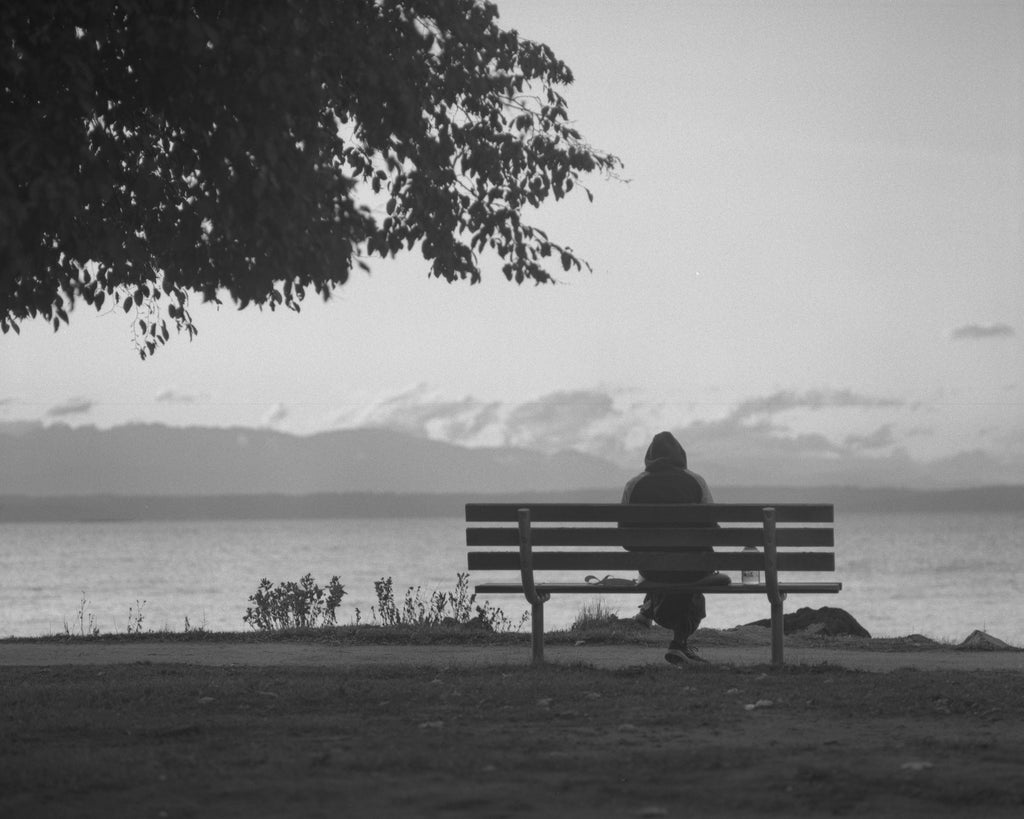Shooting black and white film is a timeless art that requires a specific set of skills and techniques to master. Black and white photography has a unique charm and aesthetic that can bring out the beauty in everyday scenes. If you are new to shooting black and white film, here are some tips to help you get started.
Tip #1: Think in black and white. When shooting black and white film, it's important to visualize your scene in shades of gray. Pay attention to the contrast between light and dark areas, as well as the textures and patterns in your subject.
Tip #2: Use filters. Filters can be used to manipulate the tones and contrast in your black and white images. A red filter, for example, can darken blue skies and make clouds pop, while a yellow filter can brighten skin tones and make them look more natural.
Tip #3: Pay attention to lighting. Lighting is key in black and white photography, as it can dramatically affect the mood and atmosphere of your image. Look for interesting light sources, such as harsh shadows or soft diffused light, and experiment with different angles and positions to create the desired effect.
Tip #4: Choose the right film. There are many different types of black and white film available, each with its unique characteristics and qualities. Some films have a high contrast and sharpness, while others are more subdued and grainy. Experiment with different films to find the one that best suits your style and preferences.
Tip #5: Embrace the grain. Grain is a natural part of black and white photography and can add character and depth to your images. Don't be afraid to embrace the grain and use it to enhance the mood and atmosphere of your photos.
In conclusion, shooting black and white film requires a different mindset and approach than shooting in color. By thinking in black and white, using filters, paying attention to lighting, choosing the right film, and embracing the grain, you can create stunning and timeless black and white images that capture the essence of your subject.

